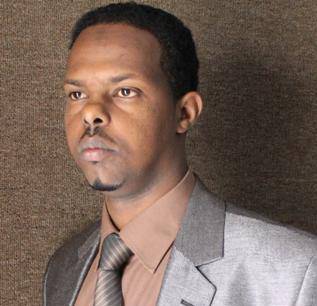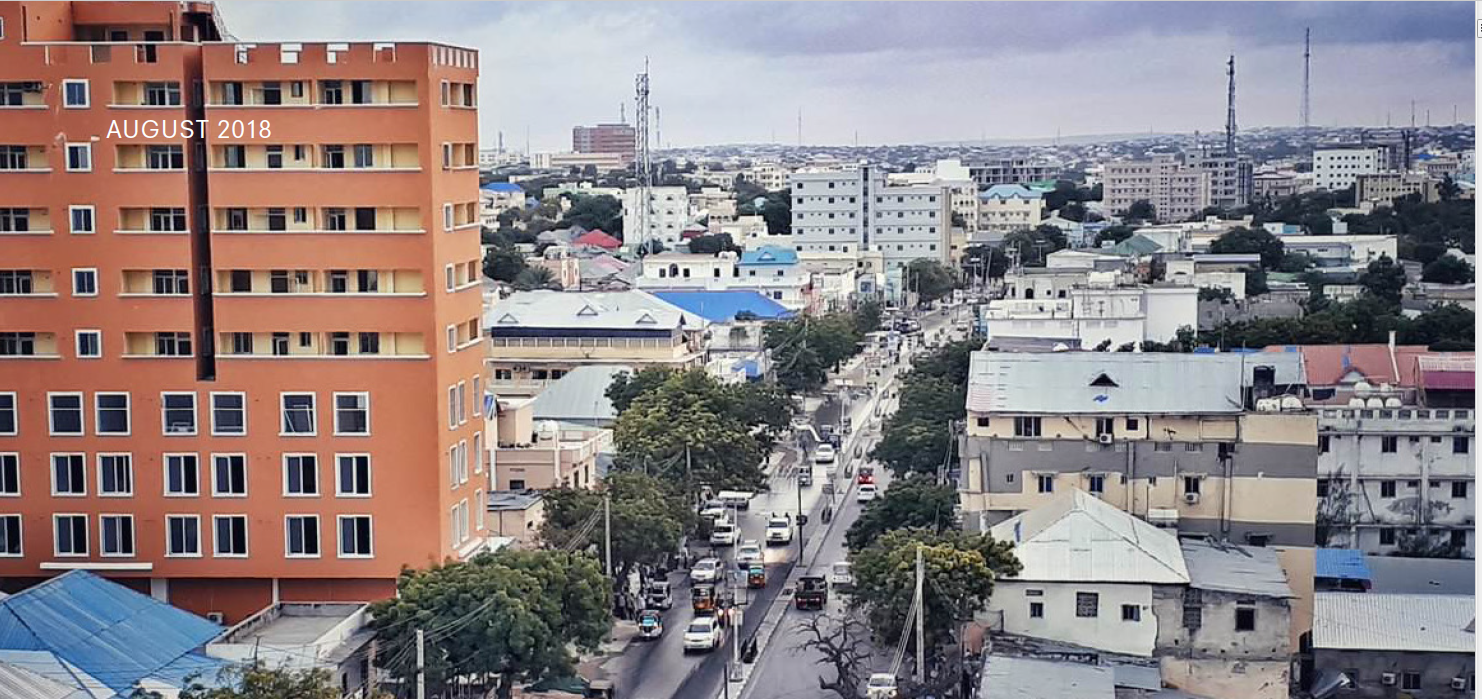
Mohamed Farah Hirsi, Director of Somaliland’s Academy for Peace and Development (APD), contrasts peace-building mechanisms, approaches, and procedures for conflict mitigation and reconciliation in this LSE commissioned paper titled: State fragility in Somaliland and Somalia: A contrast in peace and state building.
EXCERPTS:
At independence, Somaliland installed a SNM government, led by SNM central committee chair Abdirahman Ahmed Ali Tuur. Tuur’s government was given a limited mandate to lead the first two years of post-war state reconstruction and was tasked with establishing security within Somaliland’s borders, ensuring political accommodation of all clans, rebuilding government institutions, drafting a constitution, revitalising the economy, and restoring basic services (Bradbury, 2008).
By 1993, when the SNM government’s mandate ended, ongoing security challenges meant Tuur’s government had made little progress with addressing these state-building priorities. At an inter-clan conference held in Borama, Mohamed Ibrahim Egal, a compromise non-SNM candidate, was elected to lead a new civilian government. Egal’s government inherited a plethora of challenges: inter-clan conflict and mistrust, disruption of imports and exports (particularly livestock exports), insecurity and lawlessness, dysfunctional government institutions, negligible government revenue, a significant post-war financial crisis, and urban infrastructure challenges (Bradbury, 2008).
Establishing security and law and order was Egal’s chief priority. During the security stabilisation process he introduced, there were several incidences of inter-clan conflict. There had been political differences among Somaliland’s clans prior to the independence declaration as some had supported Barre’s government, while others had supported the SNM. Challenges to Egal’s leadership also emerged, coming mainly from armed clan militias loyal to former president Tuur.
A number of inter-clan reconciliation conferences were held throughout Somaliland to address these inter-clan hostilities, to negotiate political settlements between conflicting parties, and to undertake a national dialogue to achieve consensus on what system of political representation should be adopted for the country (Kaplan, 2008). This was a long and uncertain process, aimed at reaching a power-sharing agreement that made peace more profitable for the parties than instability (Clapham, 2017).
With no external assistance reaching Somaliland due to non-recognition of its independence, these conferences were funded by local businessmen and communities. Importantly, no one financing source was dominant (de Waal, 2015). Following traditional consensus-based decision-making, the result of these consultative and participatory conferences was a bottom-up, culturally rooted, locally-owned and funded peacebuilding and state-building process that was considered legitimate by the people of Somaliland. As the process was entirely domestically funded, it also encouraged self-reliance and a distinct Somaliland national identity (Kaplan, 2008). The societal cohesiveness established through this process has created the space needed for political competition to grow (Kaplan, 2008).
The political settlements achieved an enabling environment to start Egal’s security stabilisation process, which included disarmament, demobilisation, reintegration of ex-combatants and clan militias, and the formation of a national army and police force. This enabled Egal to establish a monopoly on the legitimate use of force within Somaliland’s borders. Thereafter, his government shifted to focus on rebuilding government institutions and providing basic services.
In addition to the broadly legitimate, inter-clan governance system developed in Somaliland’s early years, other factors contributing to Somaliland’s state-building success included a relatively homogenous population (the population is about 70 percent Isaaq), a shared fear of Somalia, modest disparities in wealth, and a lack of external interference which strengthened the accountability of leaders to the people of Somaliland (Kaplan, 2008). The political elites also had historical friendships and trust between one another, which discouraged resort to political violence (Philips, 2013).
The nature of Somaliland’s political settlement is, however, essentially an agreed division of economic opportunities between business elites. Political and economic inclusivity underpins the fragile and changing balance of power between competing local actors (Philips, 2013). The distribution of economic benefits heavily influences political processes, including elite bargaining.
Aspects of modern state apparatus have been integrated into Somaliland’s governance systems in order to overcome some of the more problematic elements of traditional governance, such as clannism (Kaplan, 2008). In 2001, a new democratic constitution was adopted, and a multi-party system replaced the clan-based traditional governance. Since then, the balance of clan interests has been re-oriented by inter-party politics. In an effort to minimise clannism, the new constitution limits the number of political parties to three and requires each party to have broad support in each of Somaliland’s six regions, necessitating forging of inter-clan coalitions (Kaplan, 2008). The government’s ability to deliver peace and security within Somaliland’s borders is a key factor in its persisting legitimacy. Business elites continue to control national politics, however, which has implications for state effectiveness, among other things.
Somalia: Lawlessness and the collapse of the central government
In contrast, the Western-style centralised system of government imposed on Somalia while it was an Italian colony continued in force post-independence. A strong centralised government is completely antithetical to Somalis’ traditional political structures and processes, and this sharp disconnect between traditional and centralised governance has created a fragile political, social, and economic environment in post-colonial Somali state formation.
Somalia’s post-war peacebuilding and state-building process took a very different route to that of Somaliland. Following the defeat of Barre’s military regime, the United Somali Congress (USC) clan-based militia, which had fought alongside the SNM to topple Barre, seized control of Mogadishu. Barre’s fall caused the collapse of Somalia’s government – the central authority of the Somali state disappeared and state institutions stopped functioning. Political instability and inter-clan armed conflicts engulfed Somalia in the immediate post-war period. The USC splintered into two rival clan militias, led by Ali Mahdi and General Aideed, both from the Hawiye clan. Mahdi was elected president of the centralised government, but his legitimacy was challenged by Aideed and others, who fought for control over Mogadishu.
In 1992, a war-induced famine transformed the localised Somali conflict into an international crisis. Both the US and the United Nations (UN) were prepared to intervene in Somalia to restore peace and stability and to ensure the delivery of relief supplies to starving Somalis. The UN Security Council imposed an arms embargo on Somalia in 1992 and established the UN Operation in Somalia (UNSOM), which was later expanded to form the Unified Task Force (UNITAF), a US-led humanitarian intervention (CRD, 2008). More than 30,000 troops were deployed to restore law and order, end the famine, and create an enabling environment for humanitarian assistance programmes. UNITAF was dissolved following an externally-sponsored peace process led by Ethiopia, and UNSOM withdrew from Somalia in 1995 after having failed to accomplish its mission. Nevertheless, the international intervention had failed to reconstitute the Somali state and Somalia’s conflict continued (CRD, 2008).
Subsequent externally-driven and internationally-funded peace processes were attempted, including in Djibouti (1991 and 2000), Ethiopia (1993 and 1996), and Kenya (2002) (CRD, 2008). These efforts have yielded little success in terms of stabilisation and state formation. The central government has no local legitimacy and only survives because of the protection and support provided by foreign forces; in turn, the government lacks accountability to its own people. Political factions and clan-based militias continue to fight for control. While clan-based militias are seemingly strong enough to dislodge others, they lack the authority and legitimacy needed to maintain their control or transform themselves into effective governance bodies (Clapham, 2017). Some argue that the external funding channeled into Somalia for state-building has had the unintended consequence of incentivising and entrenching clan-based militias (Kaplan, 2008).
The government institutions and services that do exist are concentrated in Mogadishu, with little regional or district-level administrative presence outside the capital. After adopting a federal structure in 2004, the state-building processes of Somalia’s states have further increased the dysfunction of the central federal government. Security remains the key challenge, undermining state-building and service delivery efforts. Somalia’s insecurity, lawlessness, and the government’s lack of control over the country’s territory makes it vulnerable to terrorism and other illegal activities, including smuggling and piracy.
What is clear from the divergent outcomes of peacebuilding and state-building in Somaliland and Somalia is that, to achieve local legitimacy and maintain peace and stability, these approaches must be locally-owned, preferably locally-funded, and should incorporate traditional political structures and processes, as done in Somaliland. The repeated externally-driven and funded attempts to impose a Western-style centralised government on Somalia have not yielded peace, stability, or local legitimacy.
Download the 28-page paper HERE:




























